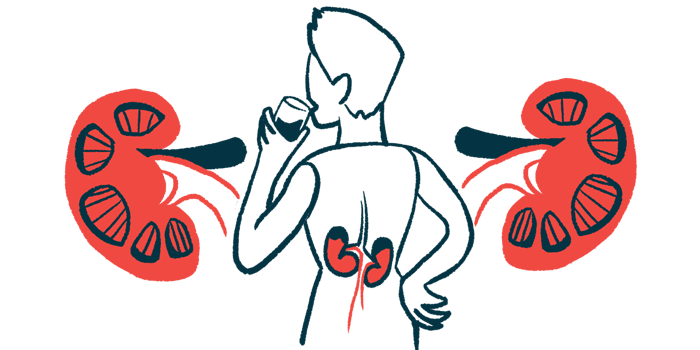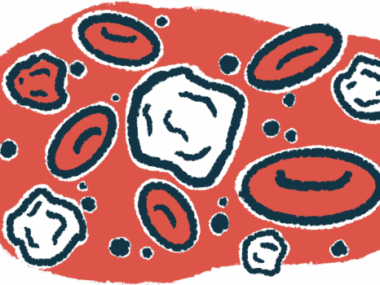Plasma exchange therapy helps AAV patients on dialysis: Study
Half who survived first year after starting kidney treatment no longer needed it
Written by |

About half of the patients who began dialysis due to kidney disease from ANCA-associated vasculitis (AAV) could stop it within a year, with outcomes improving further in those treated with plasma exchange, a procedure that removes harmful antibodies from the blood, according to a study.
“The need for dialysis at baseline in AAV appears to be a pragmatic selection criterion for patients who may benefit from [plasma exchange] and merits investigation,” they wrote, noting that the clinical benefit of plasma exchange “has been questioned, and the target population remains to be defined.”
The study, “Effect of Baseline Dialysis and Plasma Exchange on Renal Prognosis in Patients with Antineutrophil Cytoplasmic Autoantibody-Associated Vasculitis,” was published in Kidney International Reports by researchers in France in collaboration with the French Vasculitis Study Group.
Kidney problems play big role in progression of AAV
AAV develops when self-reactive antibodies trigger the immune system to attack small blood vessels, reducing blood flow and damaging affected organs. In the kidneys, this injury can cause severe loss of function, sometimes requiring dialysis, a procedure that filters waste from the blood when the kidneys can no longer perform this role.
Kidney problems play a significant role in the progression of AAV. However, patients can have very different kidney conditions at the start, making it hard to predict outcomes. Finding clear factors early on that are linked to prognosis could help guide treatment decisions.
Plasma exchange — a procedure that removes and replaces plasma, the liquid portion of the blood containing antibodies, including disease-causing ones — has shown mixed results, and it is still unclear who benefits most.
In this study, researchers looked at adults with AAV-associated kidney disease. The main goal was to see which patients died or developed end-stage kidney disease within one year. End-stage kidney disease means the kidneys have permanently failed, and the patient needs long-term dialysis or a transplant.
Of 394 patients, 105 (26.6%) were on dialysis at baseline, shortly after their diagnosis of AAV or an episode of sudden worsening of kidney symptoms. More than half (57.1%) either died or developed kidney failure within one year. This proportion was nearly six times as low (10%) in patients who did not need dialysis.
Plasma exchange therapy reduced risk of reaching poor outcome
Age and sex did not influence the risk of dying or developing end-stage kidney disease. However, testing positive for a common disease-causing antibody called MPO-ANCA increased the risk by 3.6 times. Another risk factor was a high histological renal risk score, which measures how altered the kidney tissue looks under the microscope and helps predict disease outcomes.
Starting dialysis at baseline was linked with nearly an 11 times higher risk of dying or developing end-stage kidney disease within one year compared with those not on dialysis. Of the 91 patients who survived their first year after starting dialysis, nearly half (49.5%) no longer needed dialysis by the end of that year.
[Plasma exchange] “was independently associated with a better prognosis [outcome] specifically in patients on dialysis.
Among patients on dialysis at the start, 91.1% of those who were off dialysis after one year had received plasma exchange, compared with 63.3% of those who either died or progressed to kidney failure within that time. Plasma exchange reduced the risk of reaching a poor outcome by 77%.
“The benefit of [plasma exchange] in AAV remains uncertain because the last meta-analysis on this topic produced conflicting results,” the researchers wrote, including an increased risk of infections despite clinical benefits for kidney function.
In this study, plasma exchange “was independently associated with a better prognosis [outcome] specifically in patients on dialysis,” the researchers wrote, suggesting the need for further investigation in this patient population.







